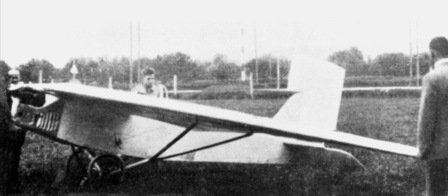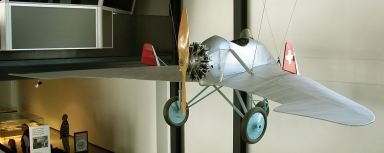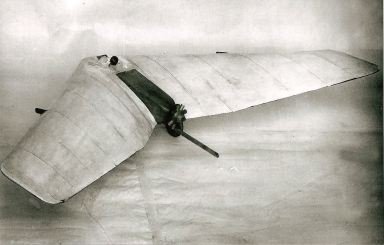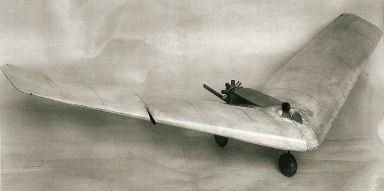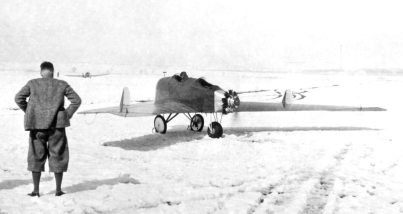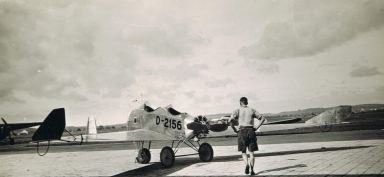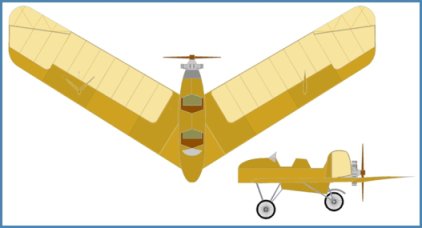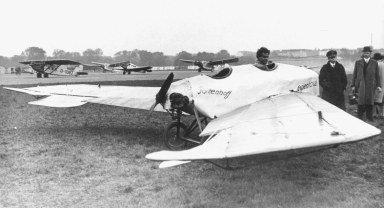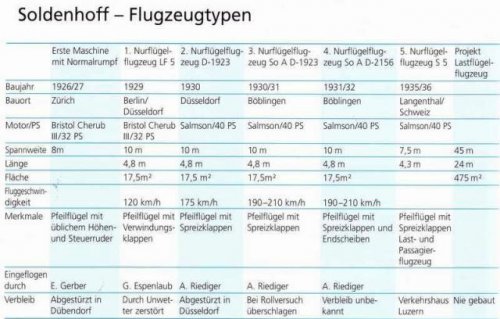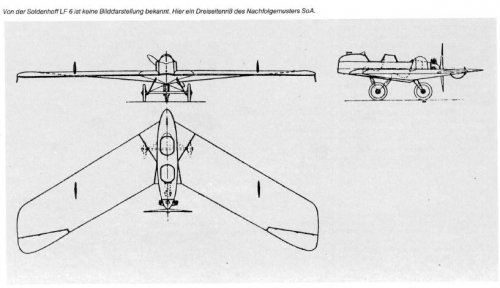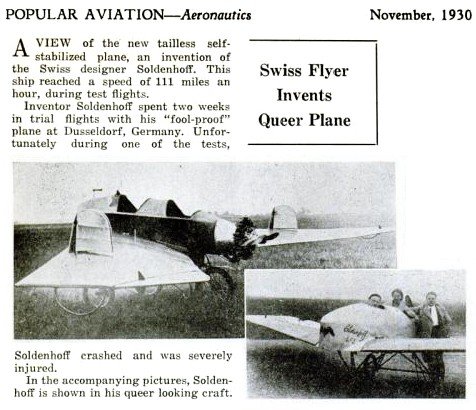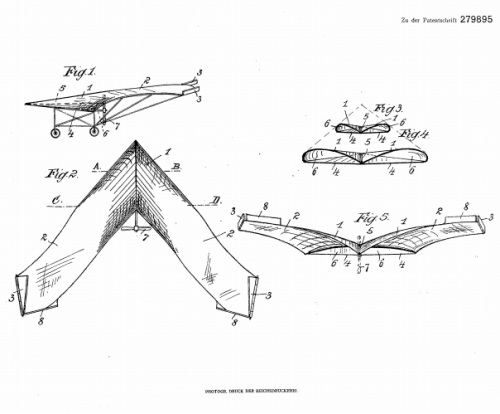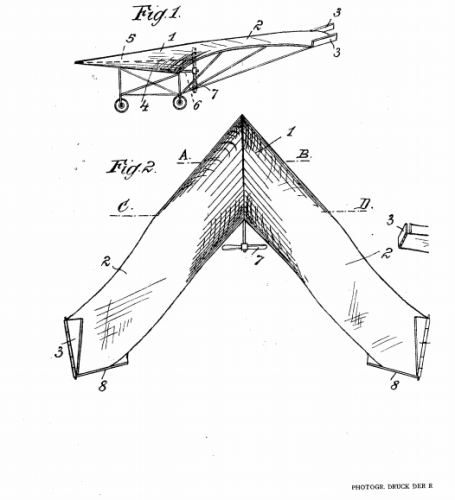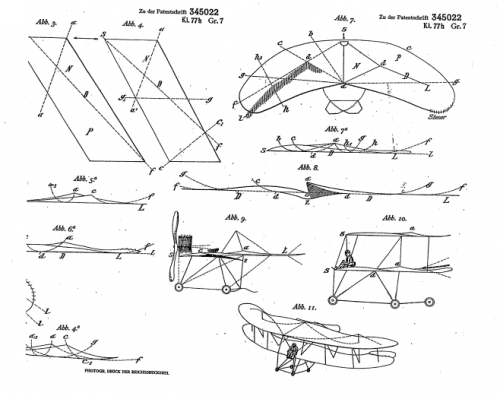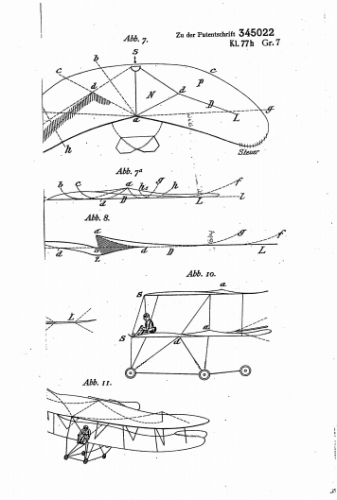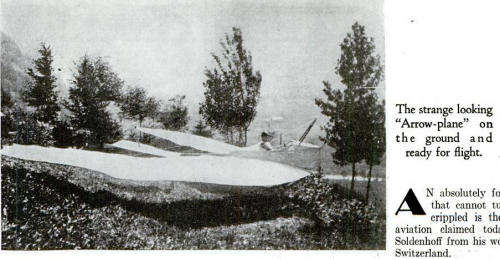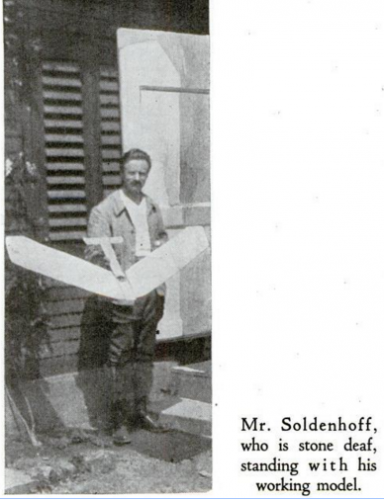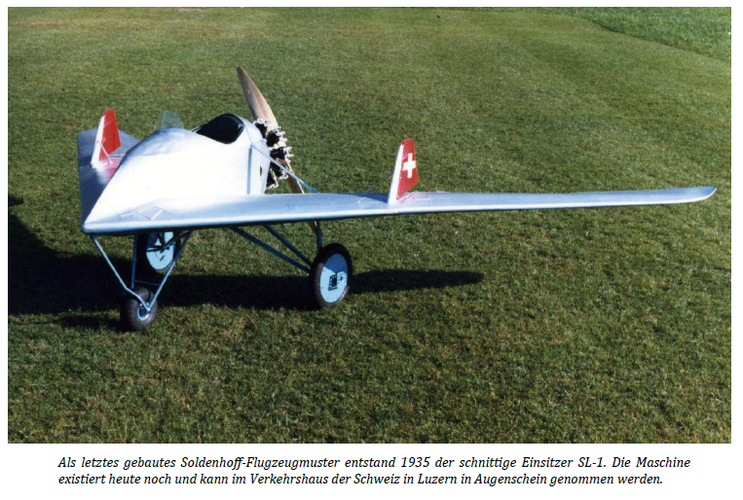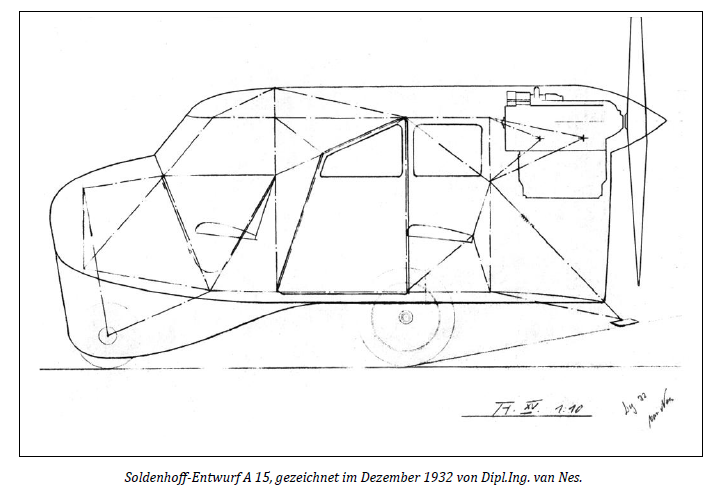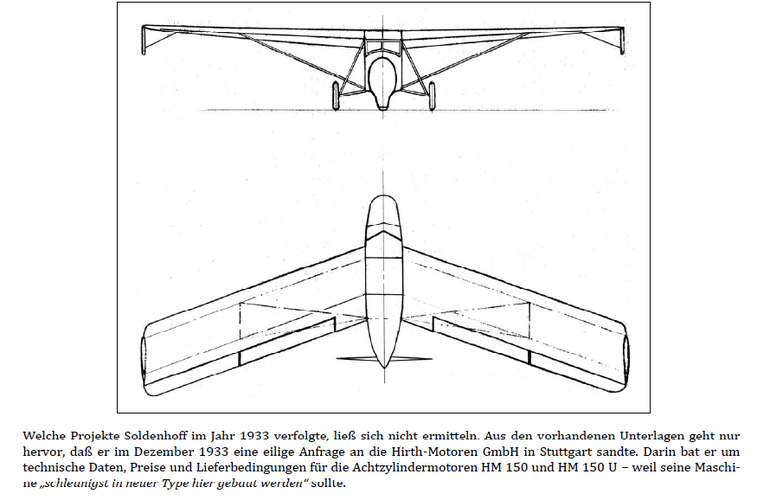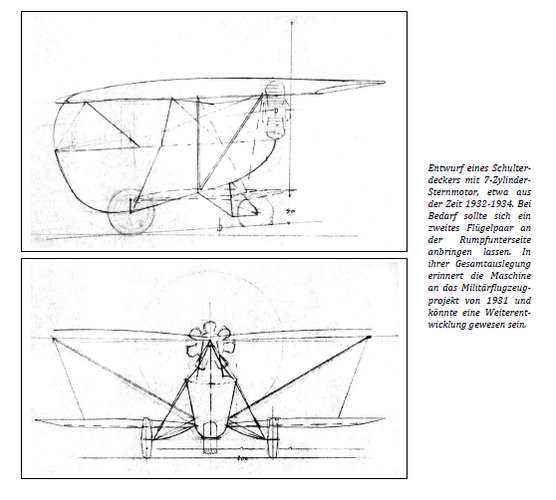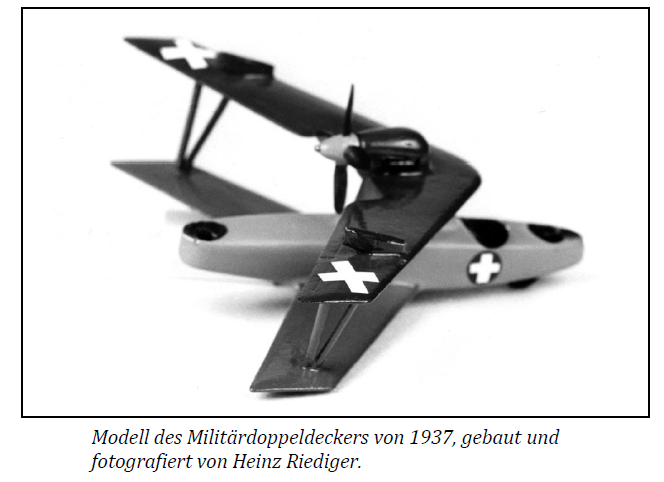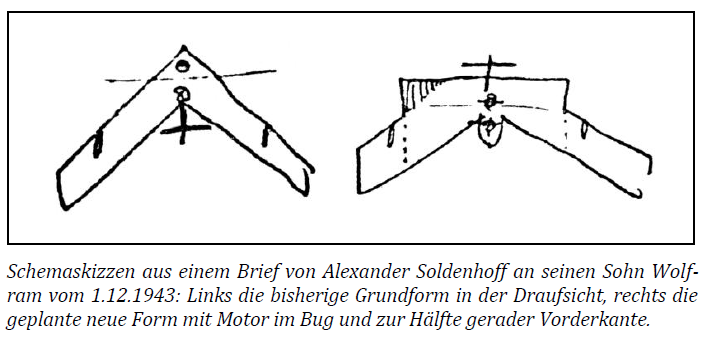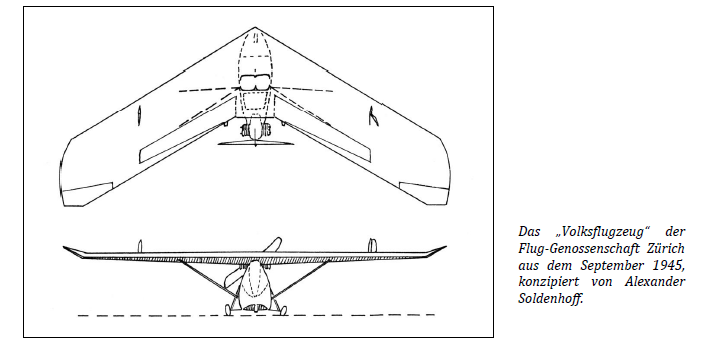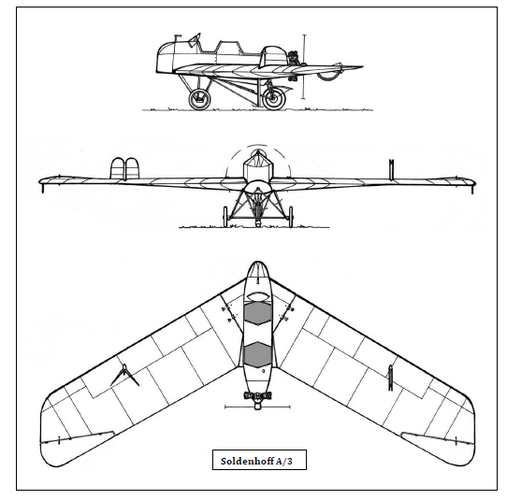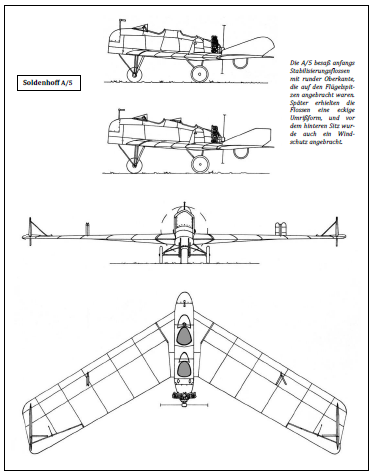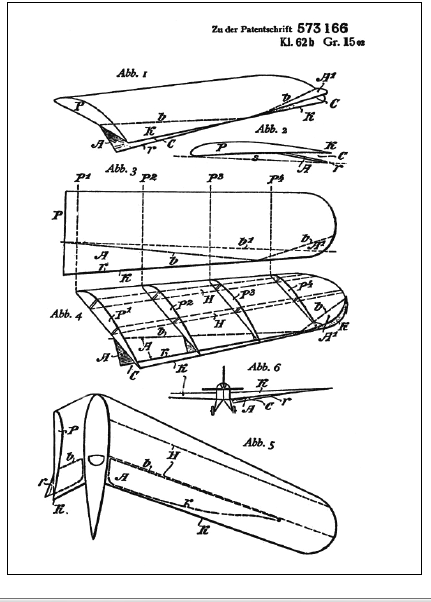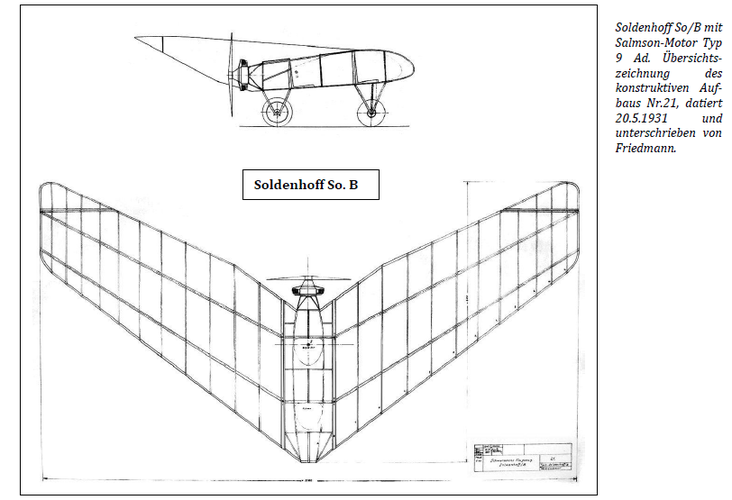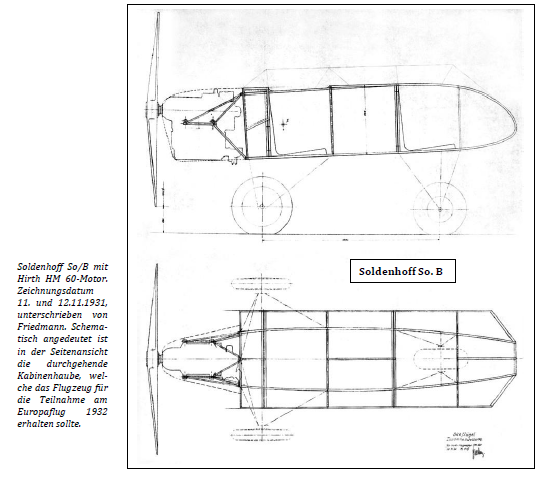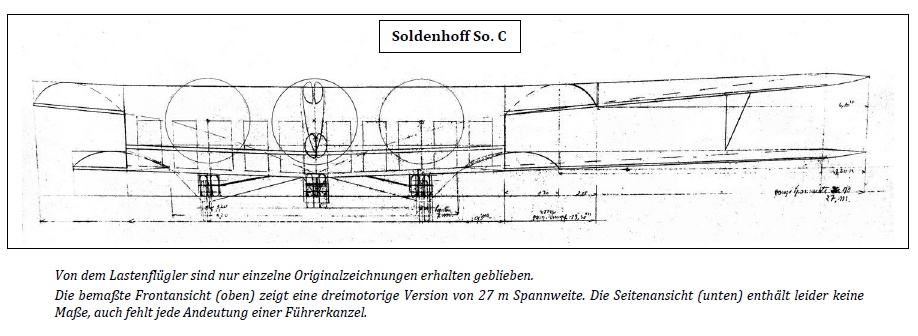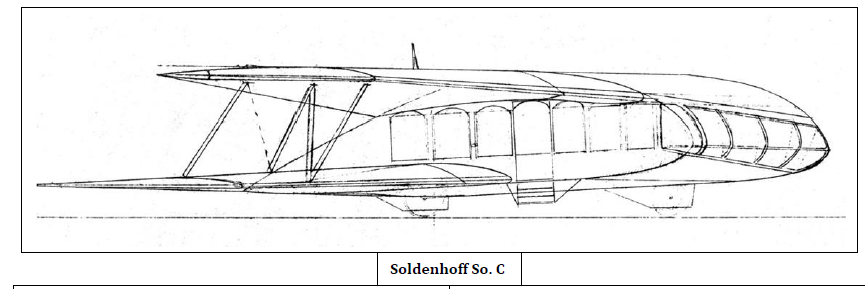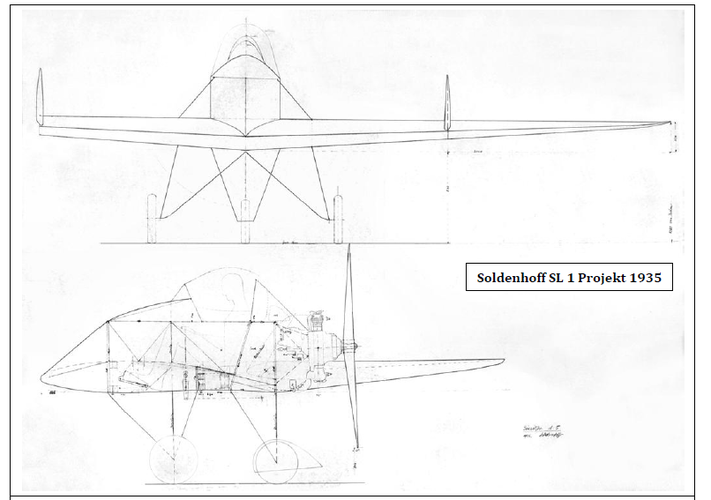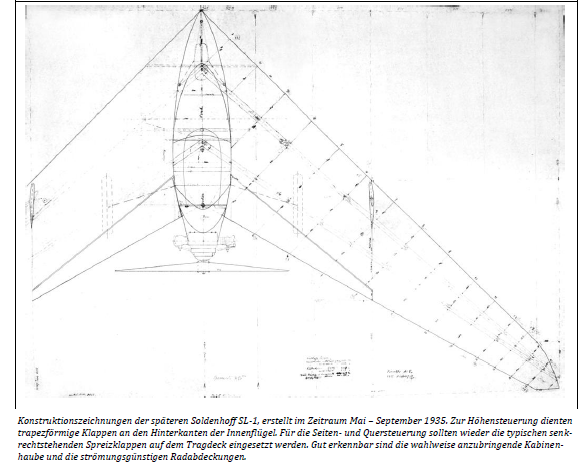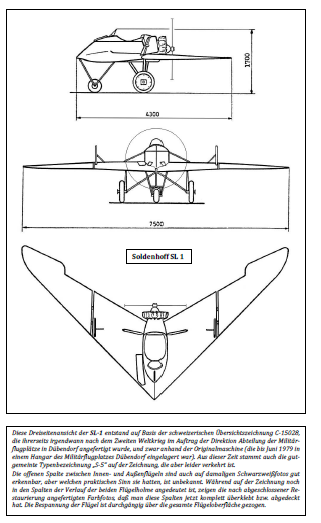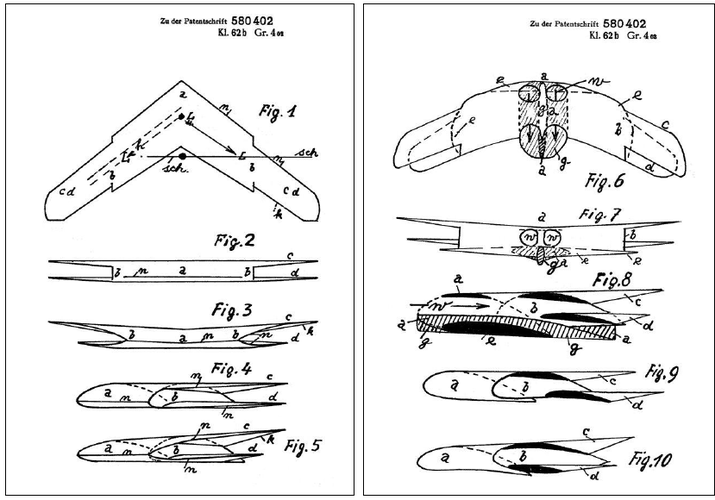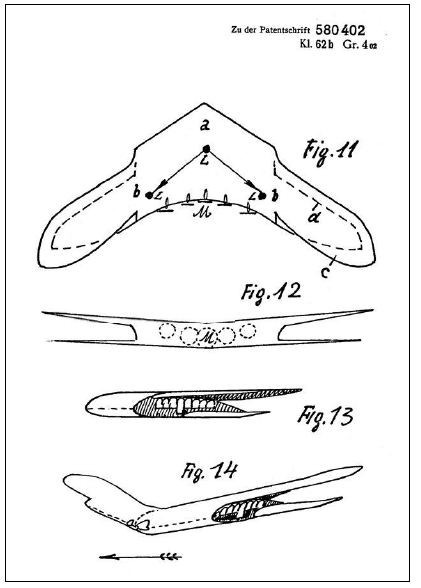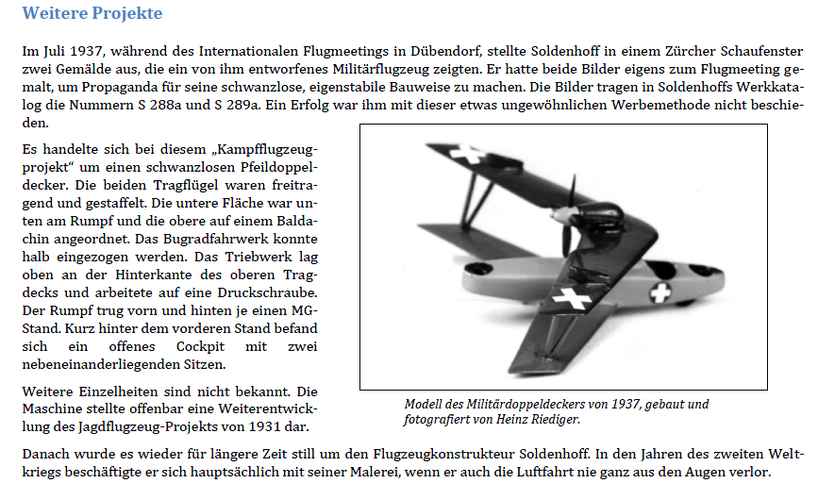The ADL document is a wonderful, comprehensive and well-illustrated account of Soldenhoff's aeroplanes and ideas by Günter Frost. It is posted in three parts, though as yet I am only half way through Part 1.
I have also been trawling Espacenet for his patents. He took out about half a dozen over his lifetime, some in several countries - three of them in GB.
To translate the opening remarks of the ADL piece fairly freely:
"When the tailless aircraft is discussed in German aviation histories of the 1920s and 1930s, it is mainly associated with names such as Alexander Lippisch or the Horten brothers. Anyone who is especially well versed in aviation history will also be familiar with the experiments of Gottlob Espenlaub.
"But one name will seldom appear: Alexander Soldenhoff. A native of Switzerland, he began working on tailless swept wing designs in 1909 and received his first patent in 1912. Soldenhoff is given little space in the specialist literature, and often enough even that little is tainted with mistakes."
Note that 1909 was when Dunne first outed his previously-secret design in a patent and began work on the D.5. Soldenhoff's main preoccupation was the tailless swept wing and he acknowledges the date of a1909 in his first patent (uploaded above here somewhere). Dunne is known to have been much admired in Germany - like many a prophet, far more so than in his own country - and Soldehoff's first, 1912 patent is basically a Dunne-type conical wing with a different alignment of the cone and the outer leading edge cut away to create a bat-like kink in the leading edge. There are hints of the Zanonia principle in his next, 1918 patent, a principle which Dunne so disparaged.
In 1928 he contacted Fairey Aviation in the UK to drum up finance for his latest incarnation. By then he had several patents elaborating on this and related ideas. Fairey declined to get involved. I suspect that he wrote to them because of Dick Fairey's well-known association with Dunne's pioneer Syndicate. His patents are all rather weird, with oddball aerodynamic features justified primarily with handwaving about their benefits. For example a series of steps in the underside of the wing, reminiscent of those under the hull of a flying boat, are claimed to confer stability and reduced drag. He was decidedly non-technical, being, like Hose Weiss in Britain, an artist by trade. Reading them, it is hard not to gain the impression that he was just a crank. I am not surprised Fairey's declined.
But then again, judging by the technical material unearthed by Frost, there may have been something to at least some of his ideas. I am thoroughly enjoying the read, or is that the ride?

